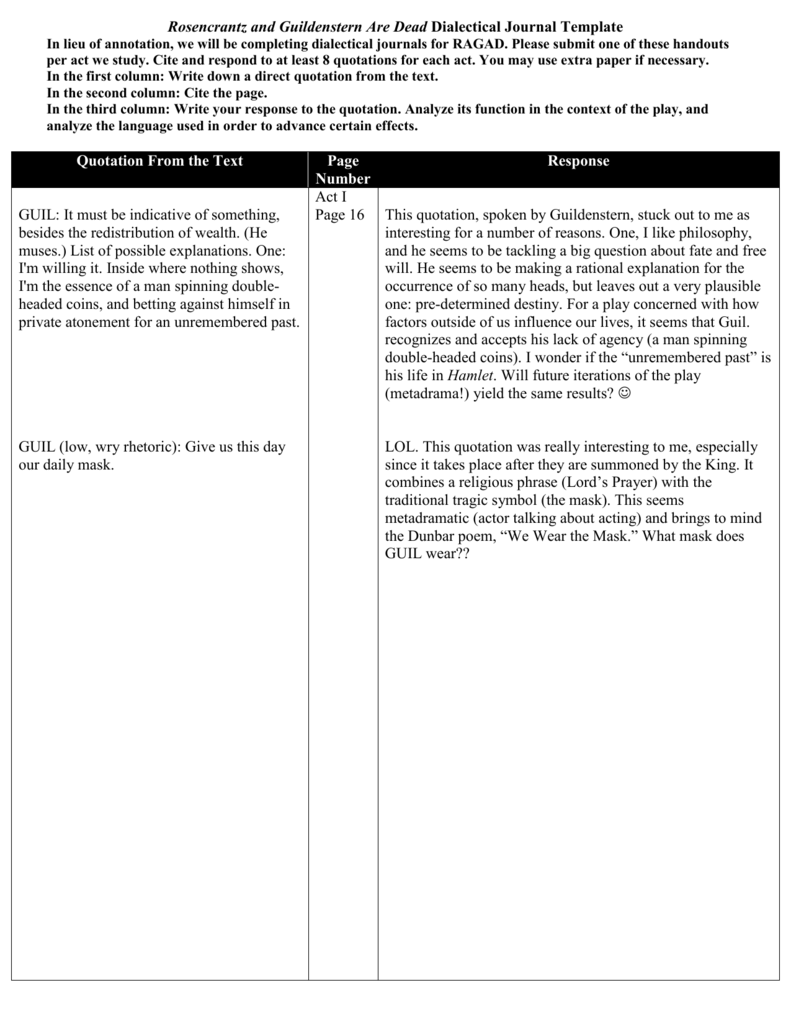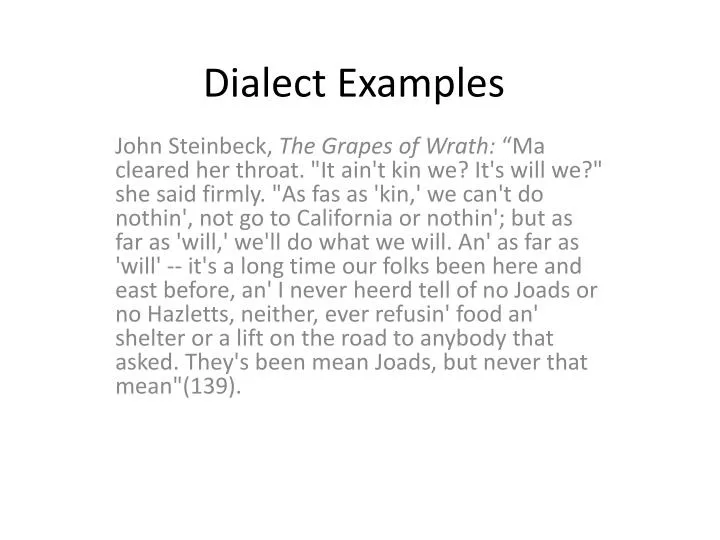

"Absolute knowing," for Hegel, brings together all of the shapes Hegel explores in the Phenomenology of Spirit, paving the way to his Logic. Although Hegel's system uses this dialectical form of argumentation, there are various other moves as well. Rather, the cup is both "Same" and "different." Hegel calls this the "negation of the negation."Īnd the cycle continues until we have "The Perfect Idea" The differences between the unified cup and the many properties, however, are not real differences. In pointing out these differences, I negate the original unity. The mug is white, solid, round, has a texture, i.e.it contains many properties. (2) I negate this unity, pointing out the differences. However, this unity remains abstract and undeveloped. I begin by taking it as a unified thing, isolating it as something finite and definite. The coffee mug at my desk is a unified object. The dialectical method is a way of thinking about reality that can be a crucial tool for revealing the passing and transitory nature of a social system that at times-perhaps most of the time. These tensions could be within the relational partners or between the couple and the society. The theory focuses on tensions and struggles in a relationship. (1) I posit something as an abstract unity. Relational dialectics theory is an interpersonal communication theory which explains communication patterns that arise between individuals when they maintain a relationship. Let me explain this movement using the example of perception: In point of form Logical doctrine has three sides: the Abstract side, or that of understanding the Dialectical, or that of negative reason the Speculative, or that of positive reason.

Hegel himself describes his method in his "Lesser Logic" as follows: The "thesis, antithesis, synthesis" structure doesn't quite fit Hegel's dialectical method. You're describing a common misconception about Hegel.


 0 kommentar(er)
0 kommentar(er)
